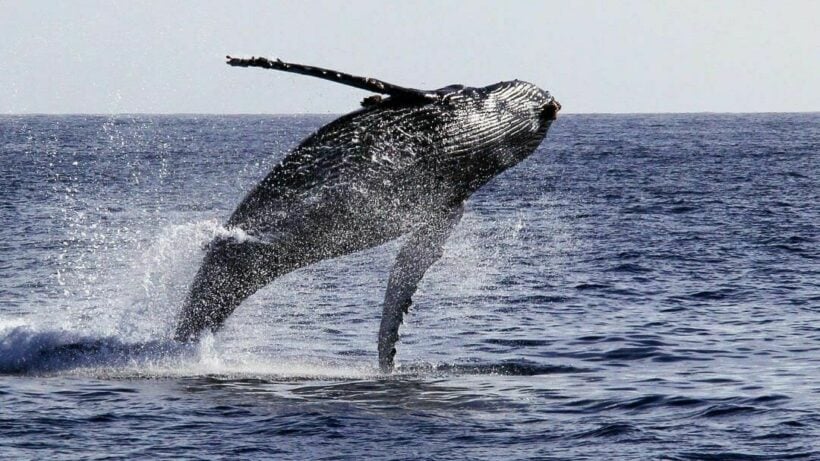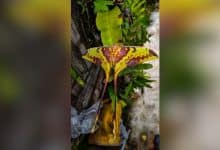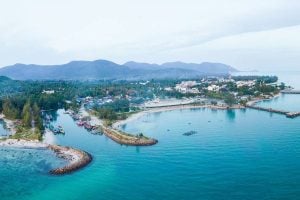Three rare cetaceans sighted in Gulf of Thailand

Three rare species of cetacean (whales and dolphins) have been sighted by members of the Marine and Coastal Resources Department trawling the Gulf of Thailand.
Scientists were surveying waters along Samut Sakhon, Samut Songkhram, and Phetchaburi last week when they observed an Irrawaddy dolphin (Orcaella brevirostris) at the mouth of Tha Chin River in Samut Sakhon and near the coast of Phetchaburi. Irrawaddy dolphins are under serious threat in Thailand.

A finless porpoise (Neophocaena phocaenoides) was also seen near the coast of Samut Sakhon. The finless porpoises are the only porpoises to lack a true dorsal fin.

The marine biologists were able to photograph the three rare cetaceans and give identities to six Bryde’s whales. They were named Chao Mee Sap, Chao Kwan Khao, Mae Sakhon, Chao Sarin, Mae Wandee and Jao Warnung.
Veterinarians managed to get close enough to check on eight whales and found them to be in a generally healthy condition. However, seven of them had developed a skin disease.

Bryde’s whales spend most of their time alone or in pairs, although large groups have been observed feeding together. Their average speed is only a few miles per hour, but they can reach up to 15mph when they need to. They’re also agile and can change direction rapidly both above and below water.
Latest Thailand News
Follow The Thaiger on Google News:


























